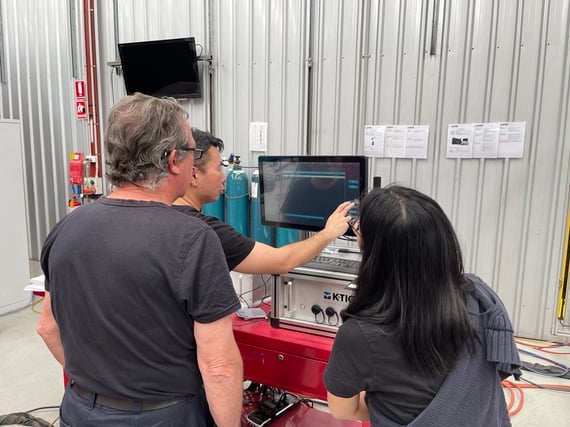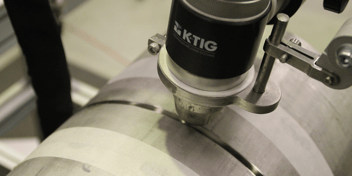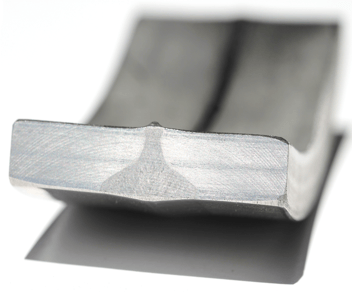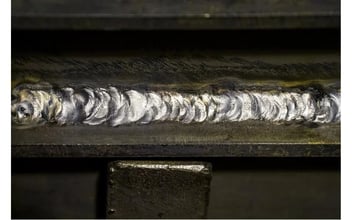A Solution to the Labor Shortage Crisis in Fabrication Workshops
In the ever-evolving landscape of the manufacturing industry, the scarcity of skilled labor has become a pressing concern for fabrication workshops. Traditional methods of welding, while reliable, often demand highly qualified and coded welders, limiting the workforce and hindering productivity. This article explores the impacts of reduced productivity when qualified welders are diverted to non-welding tasks and argues for the adoption of K-TIG technology as a viable solution to the ongoing labor shortage crisis.
Reduced Productivity in the Workshop
Fabrication workshops frequently face challenges in maintaining optimal productivity due to a shortage of qualified welders. When these skilled individuals are assigned tasks other than welding, the overall efficiency of the workshop is compromised. The time and resources invested in training and certifying welders are underutilized when they are diverted to non-specialized roles, leading to a decline in the quality and quantity of welding outputs.
Upskilling Technical Competent Workers
In the current labor-short environment, a paradigm shift is essential to meet the rising demands of the industry. Rather than relying solely on certified welders, there is a need to upskill technically competent workers to perform welding tasks efficiently. K-TIG, an advanced welding technology, offers a solution by simplifying the welding process and enabling individuals with technical competence to take on welding responsibilities without the need for extensive qualifications.
Increasing Workforce and Output
The adoption of K-TIG technology allows fabrication shops to broaden their workforce by including individuals who may not be traditionally classified as qualified welders. By upskilling technical staff, businesses can significantly increase their welding capabilities, leading to higher production output. This not only addresses the labor shortage crisis but also contributes to the overall growth and competitiveness of the fabrication industry.
Adopting the Welding Supervisor Model
With K-TIG, fabrication workshops can transition towards a welding supervisor model, where a skilled supervisor oversees a team of technically competent workers using advanced technology. This model not only maximizes efficiency but also ensures consistent quality across welding projects. The supervisor's role shifts from active welding to monitoring and maintaining the K-TIG system, optimizing the use of skilled labor for supervisory and troubleshooting tasks.
Meeting Future Demands
As the manufacturing landscape continues to evolve, a proactive approach is needed to address the challenges posed by the labor shortage crisis. By rethinking how labor is utilized and incorporating technologies like K-TIG, fabrication workshops can significantly increase arc-on time, leading to improved operational efficiencies and higher production output. This not only meets current demands but also positions businesses to thrive in the competitive market, ensuring long-term profitability and sustainability.
Conclusion
K-TIG emerges as a game-changing solution to the labor shortage crisis in fabrication workshops. By upskilling technically competent workers and adopting advanced welding technology, businesses can enhance their workforce, increase production output, and transition towards a more efficient welding supervisor model. The integration of K-TIG is not just a technological upgrade; it is a strategic move that ensures workshops remain competitive and profitable in the face of evolving industry demands.





